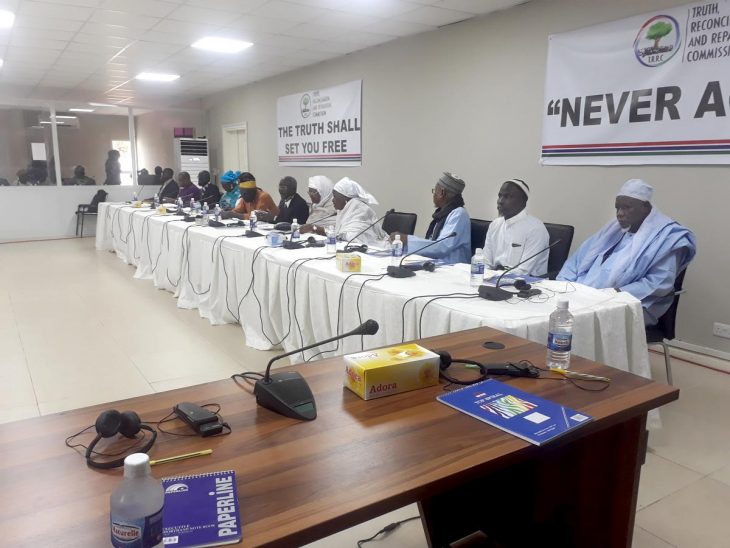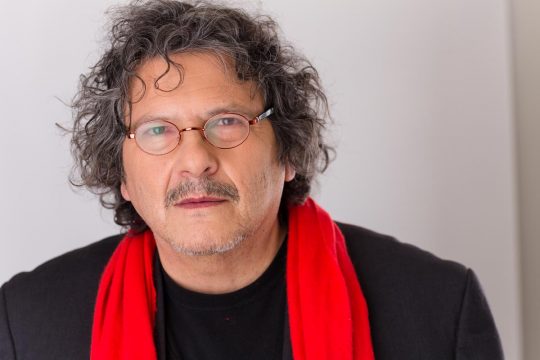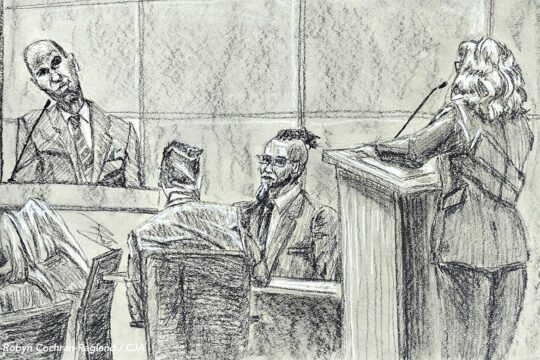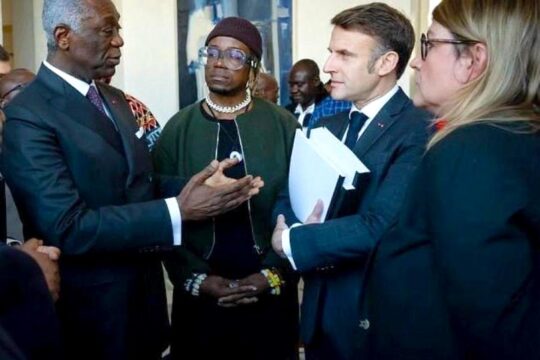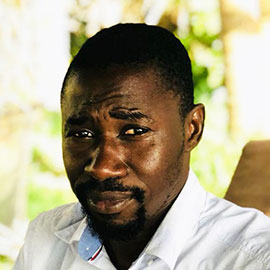In a packed hall at a local hotel in Senegambia, a middle-class neighborhood in Kololi about 25-minute drive from Banjul, the capital city of the Gambia, people sit to hear witnesses and victims of the dictatorship of former president Yahya Jammeh.
Gambia’s former strongman may have evaded effective media scrutiny during his 22-year rule but details of how he came to power and presided over a dreaded government are now coming to light. On January 7, the Truth, Reconciliation and Reparation Commission (TRRC) – established to probe human rights violations under Jammeh’s rule after he lost elections and left the country, exactly two years ago – has begun to hear publicly the often emotional narrations of witnesses.
‘We never wanted to hurt a fly, that is why no one died during the coup’, Jammeh would often say, referring to the July 22, 1994 military takeover that brought him to power. Revelations before the TRRC, however, tell a different story.
Major Gomez’s painful memories
Sheriff Gomez, a former major in the Gambian army until 1996, broke into tears and bend his head on the table before him.
“Would you like to take a break,” asked the deputy lead counsel of the Commission, Horeja Bala Gaye.
Gomez was recounting how he had to leave his bed and sleep on the floor of his house because of prolonged detention. Jailed for 27 months without a single court appearance, he had to sleep on a plank of wood during his imprisonment at the notorious Mile 2 prison.
“For a long time after I was released I only slept on my right side and on one side of my bed,” he added with spatters of tears in his eyes.
His crime was his disagreement with the coup. Gomez was a senior administrator in the army, holding the keys of the country’s armory. That position, which made him a person of interest for Jammeh and his collaborators, also made him their enemy when he did not agree with the military takeover. Gomez explained the treatment he had to endure from fellow officers he had previously commanded in the army.
The day of the coup, upon arrival at work the day, Gomez was arrested and locked in a military cell at the Yundum barracks, an encampment about 45-minute drive from Banjul. As he explained how the soldiers took the armory keys from him, the hall went quiet and Gomez was in tears again.
“Edward [Singhateh] deliberately missed me with a bullet from a nine millimeter pistol. And he told me: next time I will not miss,” Gomez said, after a minute silence. Edward Singhateh, a former vice-president of the Commission of the Economic Community of West African States, was one of the leaders of the coup.
At the Denton bridge, on 22 July 1994
In July 1994, Yahya Jammeh was a 29-year old lieutenant in the army. For the next 22 years, he was revered as much as he was feared. Having declared Gambia an Islamic state, he was a cult-like figure who walked around with prayer beads and a Quran. But his life before the coup was a mystery to most Gambians. The three first witnesses before the TRRC, all of whom have commanded and interacted with Jammeh, said the former ruler had attitudinal problems.
“Yahya was a trouble for the Gambia from the beginning,” said the first witness Ebrima Chongan.
Chongan trained Jammeh while he was a gendarme, a military police. Then the gendarmerie was disbanded and some of its members went to the police while others went to the army. Jammeh was taken to the army. Chongan said Jammeh had difficulty following orders from the beginning. He recalled how he saved him from punishment after he fought with a civilian while on a presidential security detail as a gendarme.
As a commander of the armed wing of the Gambian Police Force called the Tactical Support Group, Chongan was a strong opponent of the coup. When he learned of the soldiers’ action, he deployed armed police at Denton Bridge, a small river at the outskirt of Banjul.
“I told them to shoot on sight any army officer who try to cross the bridge,” he told the Commission. But the police did not engage Jammeh and his men.
The third Commission witness, former major Amadou Suwareh, was the leader of the team deployed to the bridge. As instructed, Suwareh had laid an ambush from the bridge to the capital, a land mass of about 6.2 kilometers.
“They were armed to teeth with hand grenades, anti-aircraft guns and heavy machine guns. We only had AK47s. We [couldn’t] stop them,” Suwareh testified. Though he did not agree with the coup, his decision to join was dictated by conscience, he said. According to him, the coup leaders, including Jammeh, were under the influence of alcohol and they were ready to kill anyone who gets on their way. He eventually joined them and led the way to dismantle his own traps.
“There would be a bloodbath,” he explained.
Torture and mock executions
Unlike Suwareh, Chongan refused to give in until he was overwhelmed. Immediately after the coup, he was among the first 29 senior security officials who were detained by the junta for over 45 days incommunicado. He and the Inspector General of Police Pa Sallah Jagne were taken to the Mile 2 Prison. There he joined Gomez and dozens other people, both civilians and security forces. As the first victims of Jammeh, Gomez and Chongan told how they were tortured and subjected to mock execution in September 1994.
“They took some of our colleagues out. After some minutes we heard them crying. And after some minutes again, you hear volleys of gunfire… You think they were killing them,” said Gomez.
The Truth commission is conducting its hearings in chronological order. The first part of the sessions is looking into the chain of events that led to the 1994 coup. The lead counsel of the Commission, Essa Faal, said they have listed 27 witnesses for this part. The fourth witness was scheduled to begin his testimony on January 14.


